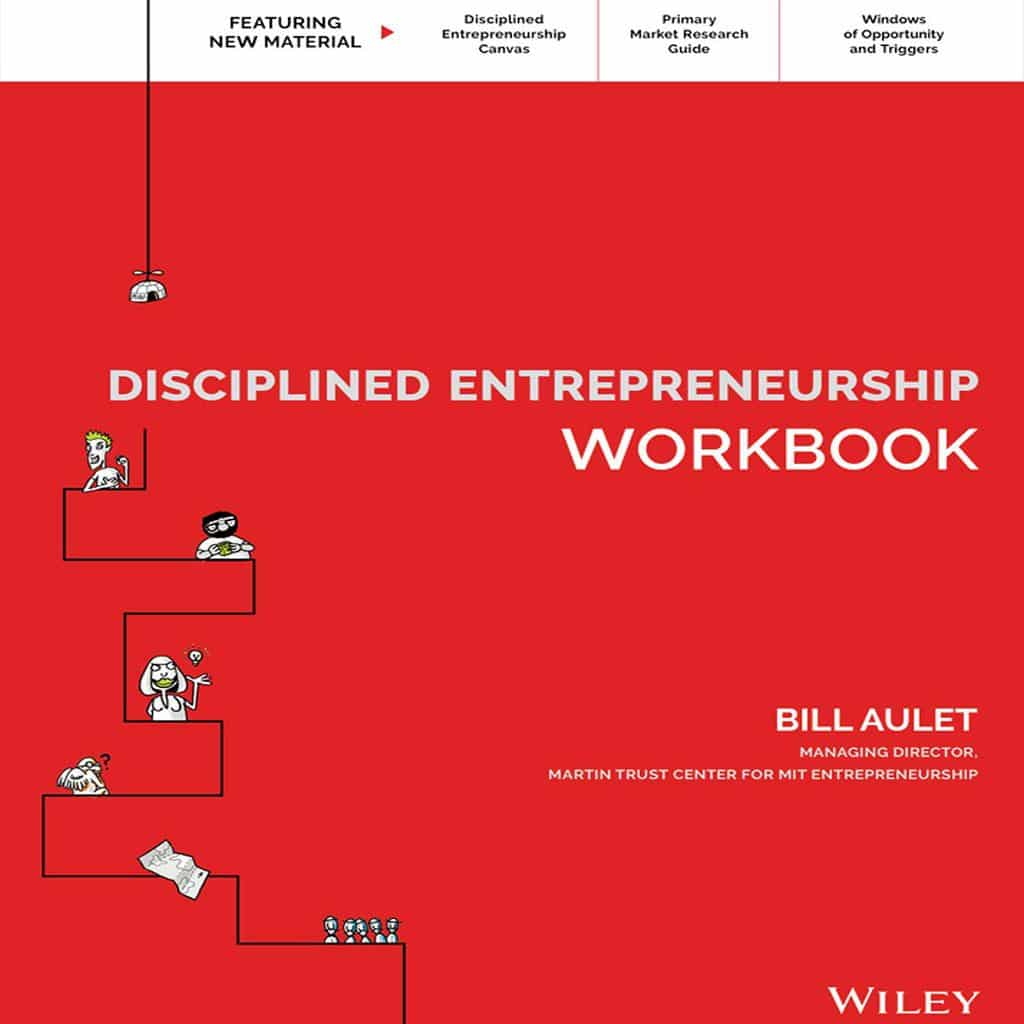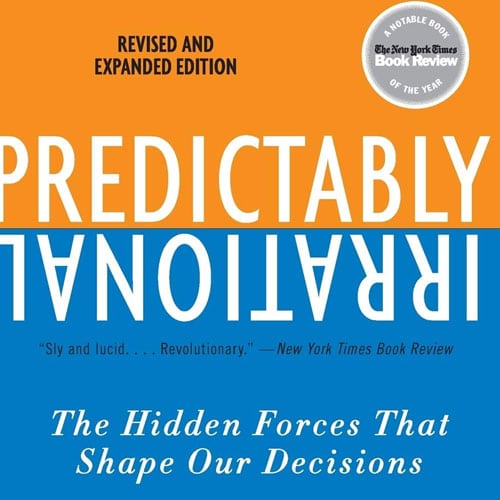Design your Startup's Business Model
"A business model is a framework by which you extract from your customer some portion of the value your product creates for them. It is the idea that the amount of money your venture gets paid is based on how much value the customer gets from your product, and not some arbitrary markup based on your costs." - Disciplined Entrepreneurship by Bill Aulet
The best companies in the last 2 decades have succeeded largely due to business model innovation. Here are a few examples. 🥇
- Search engines -> Google (Targeted ads model) 🔍
- Taxis -> Uber (Experience disruption by unlocking existing driver capacity) 🚗
- Blockbuster -> Netflix (Subscription service and now content creation) 🎬
- Hotels -> AirBnB (Enabled strangers to trust one another) 🛏️
- Gillette -> Dollar Shave Club (Affordable subscription service) 🪒
- Apple Music -> Spotify (Free with ads and premium subscription service) 🎧
Business Model Design
Key considerations to help select your startup's business model:
- Customer's decision making unit and preferences
- Competition's business model
- Internal factors such as LTV, COCA, sales cycle and cash flow
- Value creation including magnitude, timing and riskiness
Common Business Models:
• One time charge plus (potentially) ongoing maintenance agreement. Eg. Manufacturing equipment
• Subscription or leasing model: Now very popular, especially in the software area with SaaS with an annual or monthly commitment.
• Consumables: The classic razor/razor blade model, where the initial product purchase is inexpensive (the razor), but the consumables needed to continue using the initial product (disposable razor blades) have a high profit margin. Eg. Printers
• Advertising: Selling access to your user. Eg. Google, Facebook, LinkedIn
• Upsell High-Margin Products: Money is made when the customer buys optional high-margin add-on products. Eg. Consumer Electronics
• Cost Plus: Customer pays what it costs to make the product plus some percentage of markup. Common with government contracts and not a good idea in the long term. Focus is on costs, not value creation.
• Hourly Rates: A consultant or service provider model not based on costs but based on human utilization. Unattractive because it rewards activity and not results.
• Shared Savings: Customer pays only after getting benefit from the product, and pays some fraction of the benefit they receive. Conceptually a good model to align customer and vendor interests, but challenging to implement, especially over the long term.
Suraj Kripalani, Co-Founder at BonBillo, discusses what is a business model and uses Google’s example to highlight the importance of selecting the right business model.
Suraj Kripalani, Co-Founder at BonBillo, discusses the following business model choices and the pros and cons associated with each.
Suraj Kripalani, Co-Founder at BonBillo, discusses key considerations to help select your business model.
Pricing Framework and Research
Your startup's pricing should take into account the following key factors:
- The risk the customer is taking (subscription vs. one-time payment)
- Key price points (from a budget / insurance perspective)
- Prices of alternative products
- Maturity of the product
- Strength of your core
Research Option 1 : Conduct 'Monadic' pricing research by asking potential customers 'How likely would you be to purchase at this price?' with the following options:
- Not at all likely
- Moderately unlikely
- Neutral
- Moderately unlikely
- Extremely likely
The percentage of the bottom 2 responses gives an estimate of purchase intent.
Research Option 2: Conduct pricing research by applying Van Westendorp's Price Sensitivity Meter approach, used by Amazon to set the price of a Kindle.
Ask these 4 questions with a free response:
- At what price would you consider the product to be too expensive to consider? (Too expensive)
- At what price would you consider the product quality to be too low (Too cheap)
- At what price would you consider the product starting to get expensive? (Expensive)
- At what price would you consider the product to be a bargain? (Cheap / Good Value)
Chart the cumulative frequencies. The intersection of the frequencies suggest an acceptable price range and ideal price. 🏷️
Lifetime Value of a Customer (LTV) and Cost of Customer Acquisition (COCA)
Let's calculate our startup's unit economics to validate that it is sustainable in the long term. We'll compute the Lifetime Value of a Customer (LTV) and the Cost of Customer Acquisition (COCA) to understand if it is profitable for our startup to get a new customer. Target an LTV to COCA ratio of 3 or higher in the long-term to build an enduring business. 🧮
The Lifetime Value of a Customer (LTV) represents the value of a new customer to the business. It is the profit that a new customer provides discounted to reflect the cost of capital. Therefore, the LTV is computed as the net present value of the gross profit over 5 years.
Key factors that impact the LTV are:
- Gross Margins (Consider upselling opportunities related to the persona’s priorities)
- Customer retention rate
- Cost of capital
Suraj Kripalani, Co-Founder at BonBillo, discusses how to compute the Lifetime Value (LTV) of a customer and the key factors driving LTV.
Next, let's calculate our Cost of Customer Acquisition (COCA). This is the cost of acquiring a new customer. It is computed as the total sales and marketing expenses including salaries divided by the number of new customers.
How do you reduce cost of customer acquisition?
- While very powerful, use direct sales judiciously as its expensive
- Automate as much as possible
- Improve conversion rates in sales
- Decrease cost of leads and improve quality of leads
- Speed through the sales funnel
- Word of Mouth
- Focus on the Target Market
- Play to your strengths and communicate your value proposition
Credit to ‘Disciplined Entrepreneurship’ by Bill Aulet and MIT’s Entrepreneurship Development Program.
Suraj Kripalani, Co-Founder at BonBillo, discusses how to compute the Cost of Customer Acquisition (COCA) and strategies to reduce it.

.jpg)

